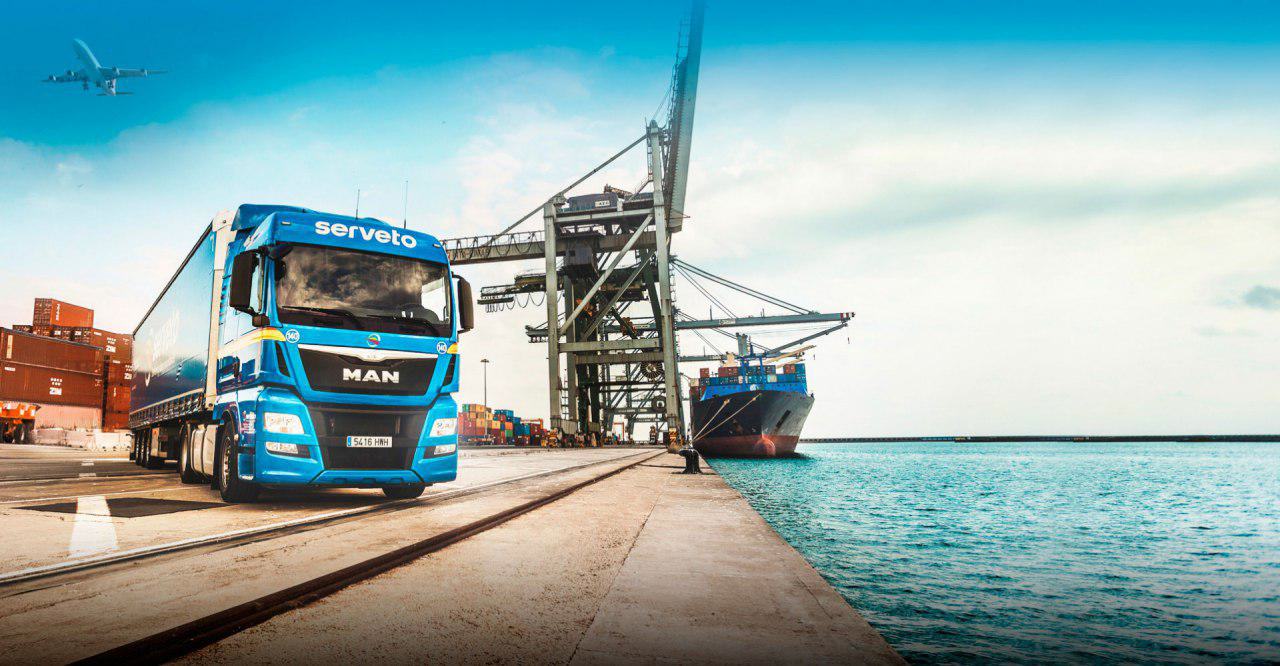The transportation sector’s recovery from the shock of coronavirus has gathered pace in the past couple of months, a senior official with the Ministry of Roads and Urban Development said.
“The number of transported passengers from Feb. 20 to Aug. 21 declined by 45% compared with pre-pandemic levels. Revenues dropped by 10,000 billion rials [$41 million] and the number of intercity journeys using different means of transportation decreased by 30%. A total of 73 million passengers traveled over the same period of last year, which figure has now plummeted to 40 million. The number of trips has fallen to 5.2 million from 7.4 million year-on-year,” Mohsen Sadeqi was also quoted as saying by Coronomy.ir.
“However, the number of transported passengers increased by 10% on a month-on-month basis from the month ending June 20 to the month ending Aug. 21. People are now travelling more but generally speaking, it is down 45% compared with year-ago levels.”
Referring to the importance of social-distancing while travelling, the official said, “Passenger seating capacity of each bus stood at 21 people last year; it is down to 13-14 people now. The occupancy rate has decreased from 65% to 43% this year.”
Air Travel
On the impact of coronavirus on air travel, Sadeqi said there were a total of 790,000 international passengers and 1.63 million domestic passengers in the month ending April 20, 2019.
“This year’s same month saw 21,000 international and 422,000 domestic passengers, i.e. one-40th or 2.5% of last year’s number of international passengers [97.5% decline] and a 75% decrease in the number of domestic passengers. International air passengers stood close to 21,000 in the month ending May 20, 31,000 in the month ending June 21 and 54,000 in the month ending July 21 compared with 620,000 in the month ending May 21, 2019; 807,000 in the month ending June 21, 2019, and 1.01 million in the month ending July 22, 2019,” he said.
“The number of domestic air passengers is also on the rise: There were 1.06 million passengers travelling to local destinations in the month ending July 21. Although the figure is markedly lower than last year’s 1.7 million, it shows some improvement compared with a few months back.”
Sadeqi said the number of domestic flights in the month ending May 21, 2019, and June 21, 2019 stood at 1.52 million and 1.64 million, respectively and dropped to 798,000 and 924,000 in the same months of the current year.
Noting that local airlines and Iran Airports Company have sustained massive losses following the outbreak of coronavirus, he said, “By giving loans, the government is trying to keep Iran’s 14 airlines from collapsing. For example, IranAir [the country’s flag carrier airline] has received 5,000 billion rials [$20 million] in loans. Mahan Air will receive 4,200 billion rials [$17 million], Iran Aseman Airlines and Qeshm Air each will get over 1,000 billion rials [$4 million] and Taban Air will receive between 600-700 billion rials in loans.”
Government Aid
According to Sadeqi, after tourism, transportation took the biggest hit from the pandemic, which makes it a priority to receive government aid.
The government has approved a 750-trillion-rial ($3 billion) package to help low-income households and struggling businesses impacted by the rapidly spreading coronavirus. The loans will be given to small- and medium-sized enterprises hit hard by the pandemic, according to the website of the Central Bank of Iran.
The lending rate for the government aid package will be 12% to be repaid within two years, Abdolnasser Hemmati, the CBI governor, said.
Commenting on the interest rate, Hemmati said it is reasonable, given the high inflation rate in the country.
“Even if banks set 18% interest on loans, the real interest rate would still be negative when compared to annual inflation … Any rate below 12% would apparently impose further financial strain on banks,” he said. Hemmati said only businesses that did not lay off workers during the coronavirus crisis would be eligible for the loans and instructed banks to process the loans soon and cut red tape.
The official noted that rail companies were also badly damaged by the pandemic.
“The number of rail passengers stood at 2.3 million in the month ending April 20, 2019, 2.3 million in the month ending May 21, 2019, and 2.4 million in the month leading to June 21, 2019. These figures reduced to 100,000 passengers, 300,000 passengers and 700,000 passengers in the corresponding months of the current year. The number of rail travels reached 800,000 in the month ending July 21 compared with 2.7 million of the last year’s similar month,” he concluded.
Highest Inflation
Latest data released by the Statistical Center of Iran show the average goods and services Consumer Price Index of the transportation sector in the 12-month period ending Aug. 21, which marks the end of the fifth Iranian month, increased by 47.2% compared with the similar period of the year before—the highest among 12 groups of the basket of consumer goods and services purchased by Iranian households.
With a coefficient of 9.41%, the CPI of the group stood at 298.2 for the month under review, indicating a 5.2% increase compared with the month before.
The transportation index registered a year-on-year increase of 65.1%--also the highest among the 12 groups under review.


